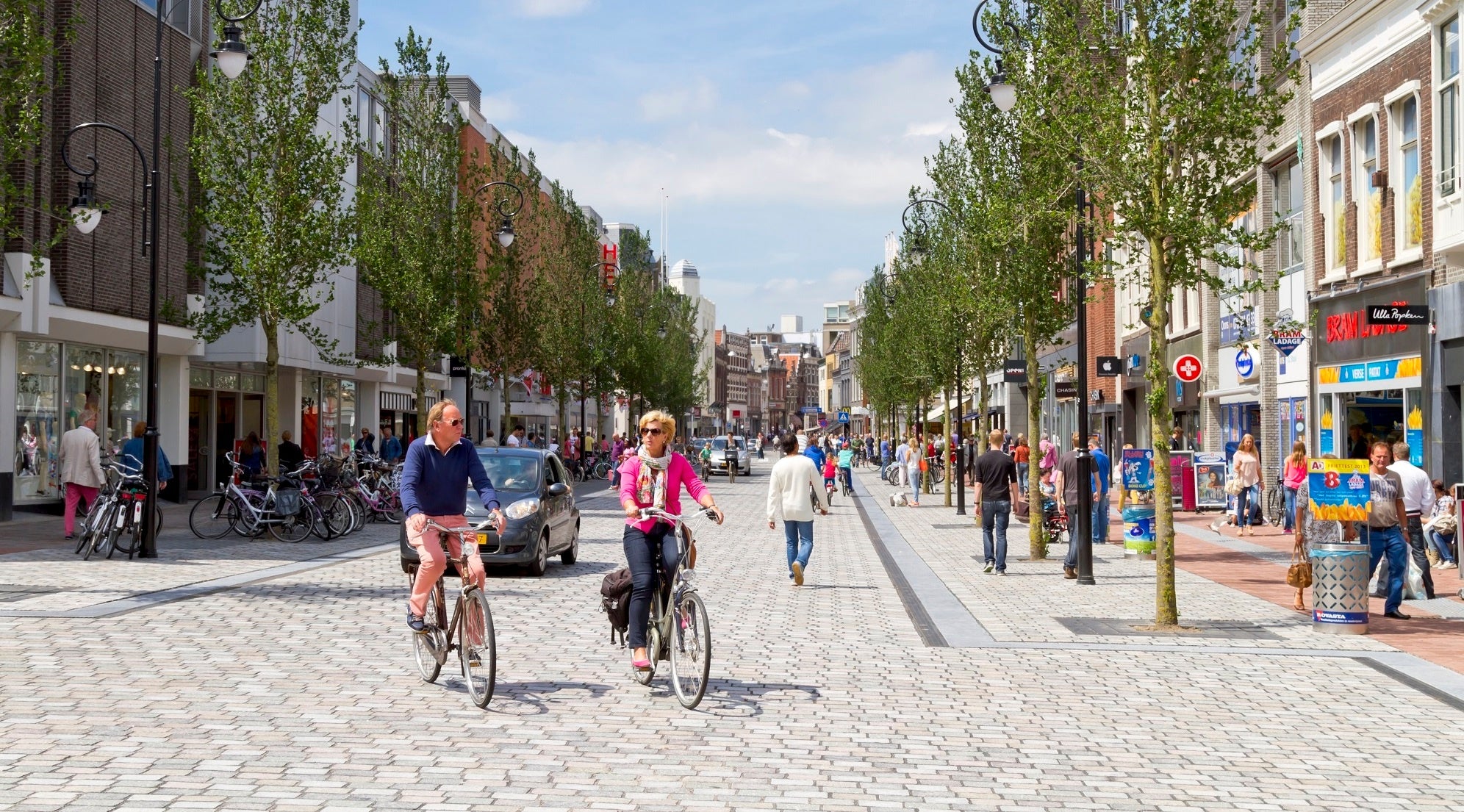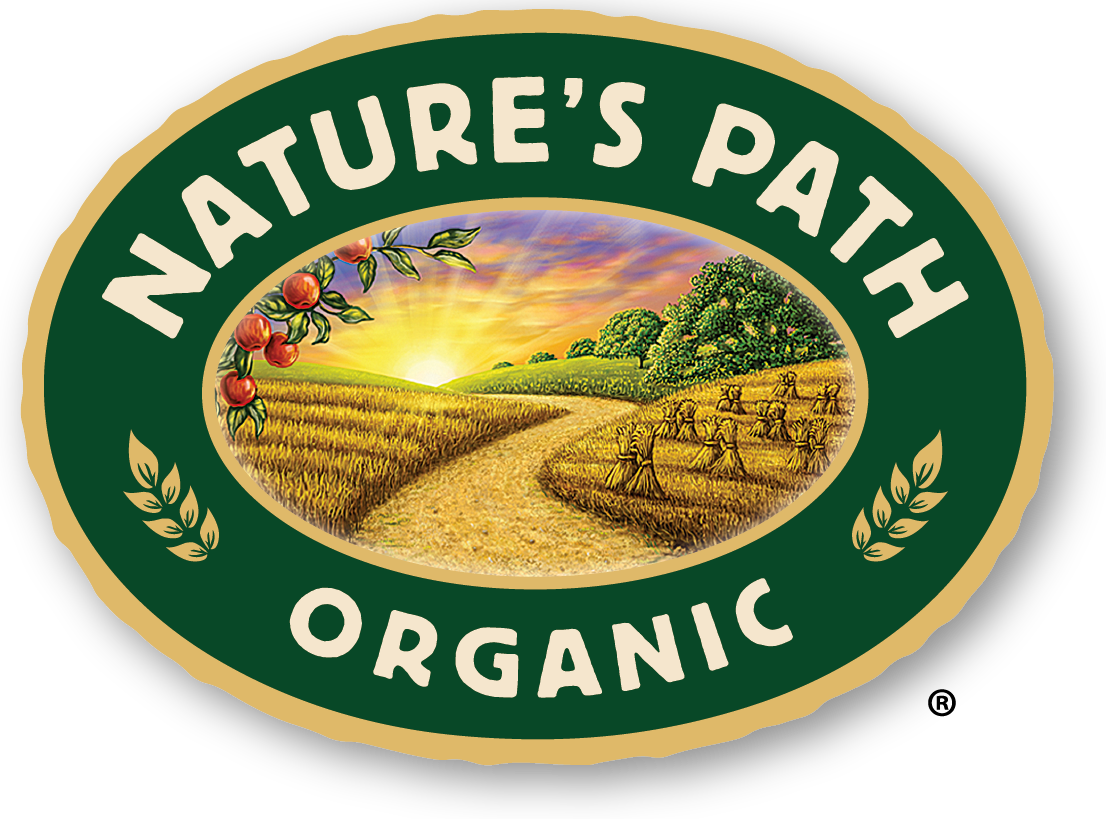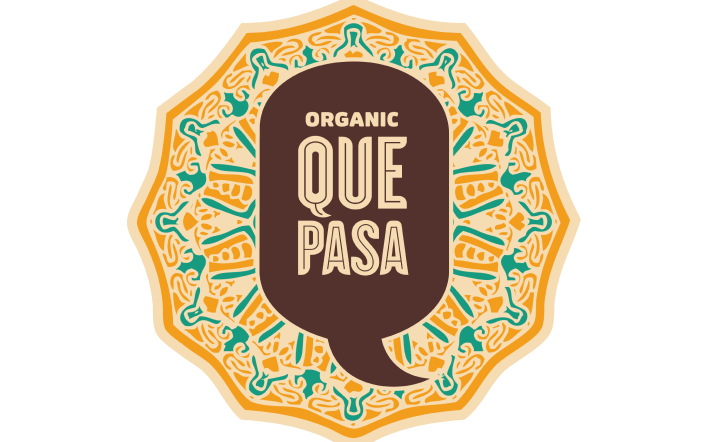
Woonerf: The Dutch Solution to City Planning
English is a lovely language, but it is not always economical with words. We can certainly make ourselves understood through lengthy explanations, but we don’t have many singular words that encapsulate a very specific feeling or experience.
n
Tags:
English is a lovely language, but it is not always economical with words. We can certainly make ourselves understood through lengthy explanations, but we don’t have many singular words that encapsulate a very specific feeling or experience.
Take the Danish word hygge, which exploded internationally last year - it acknowledges a moment, experienced alone or with friends, that results in a cozy, charming or special feeling. With a true need for less speed, the world got on the hygge train, embracing cups of hot chocolate, comforting warm blankets and simple acts that lead to a feeling of contentedness.
Now we would like to add one more word to your ever-expanding vocabulary: woonerf. This Dutch concept embraces the idea of a “living street” with room for pedestrians, cyclists and yes, even cars. The street is seen as a social space rather than a space for vehicles to get from point A to point B.
While our own childhoods may have involved playing in the streets, residential streets have become more amenable to motor accessibility and parking than to a community. The woonerf concept was developed in the 1960s in Delft, the Netherlands. At that time, residents were becoming disgruntled by the amount of high speed traffic making its way through their once-safe neighborhoods. Brick streets were replaced with winding paths, with vehicles being the secondary concern and people being the primary.
As Canadian cities increasingly adopt this concept, street signs can be seen with a child playing soccer next to a house to alert passersby. It may be a difficult concept to implement in overpopulated cities like Toronto, but it's interesting to see the experimentation behind new street designs. The first woonerf in Toronto has a rolled curb as a subtle cue for pedestrians, who, let’s be honest, just aren’t used to the concept.
Vancouver has made its lane ways more livable every year, as the areas that were previously for car and garbage storage are becoming increasingly human-friendly. Winnipeg recently revamped its downtown John Hirsch Place, putting pedestrians first while also inviting bikes and cars to peacefully coexist.
Many of us needed to get smartphones before we recognized the value of meditation. Perhaps we also needed to have overloaded roadways before we craved an unfettered environment that welcomes a child playing with a ball. Hygge and woonerfs are signals that it is time to get back to what we were – and who we were – as people and as a community.
The Woonerf Way
Woonerf is about quality of life rather than speed of life. A woonerf-designed street has no division between cars and people, forcing cars to drive at a slower pace. Street furniture might be placed in the street and areas for community play are encouraged. It is as if a neighborhood suddenly gets a gigantic front yard, increasing social opportunities while creating an efficient use of space. Although this is a Dutch concept, it is also open to interpretation. It is meant to reflect a culture’s own needs and designs. It must have a clear entrance so that cars entering are aware that they must slow down. Parking should also be provided – just not everywhere. The street itself should not have more than 100 cars going through at peak times. Cars are the exception, rather than the rule.
Growing in Popularity
As Canadian cities increasingly adopt this concept, street signs can be seen with a child playing soccer next to a house to alert passersby. It may be a difficult concept to implement in overpopulated cities like Toronto, but it's interesting to see the experimentation behind new street designs. The first woonerf in Toronto has a rolled curb as a subtle cue for pedestrians, who, let’s be honest, just aren’t used to the concept.
Vancouver has made its lane ways more livable every year, as the areas that were previously for car and garbage storage are becoming increasingly human-friendly. Winnipeg recently revamped its downtown John Hirsch Place, putting pedestrians first while also inviting bikes and cars to peacefully coexist.
Many of us needed to get smartphones before we recognized the value of meditation. Perhaps we also needed to have overloaded roadways before we craved an unfettered environment that welcomes a child playing with a ball. Hygge and woonerfs are signals that it is time to get back to what we were – and who we were – as people and as a community.
Would you like to be the first to hear about our new products and more? Sign up for our Nature’s Path Newsletter.







